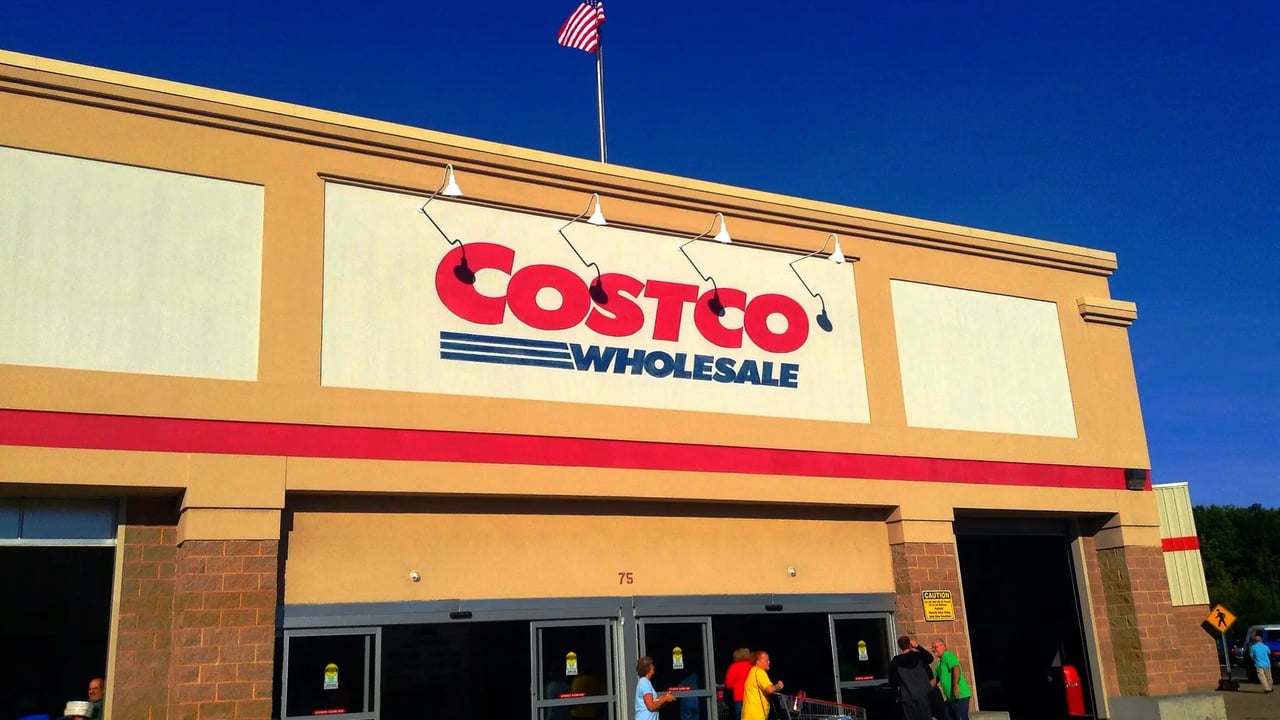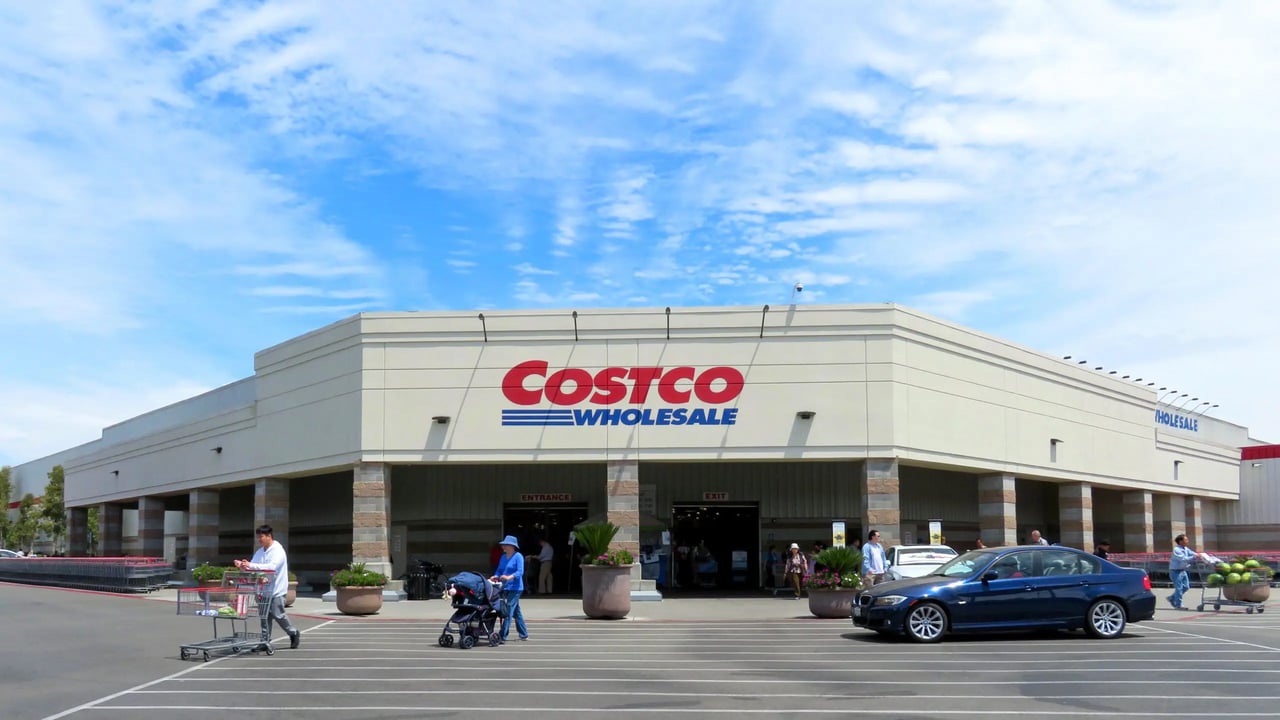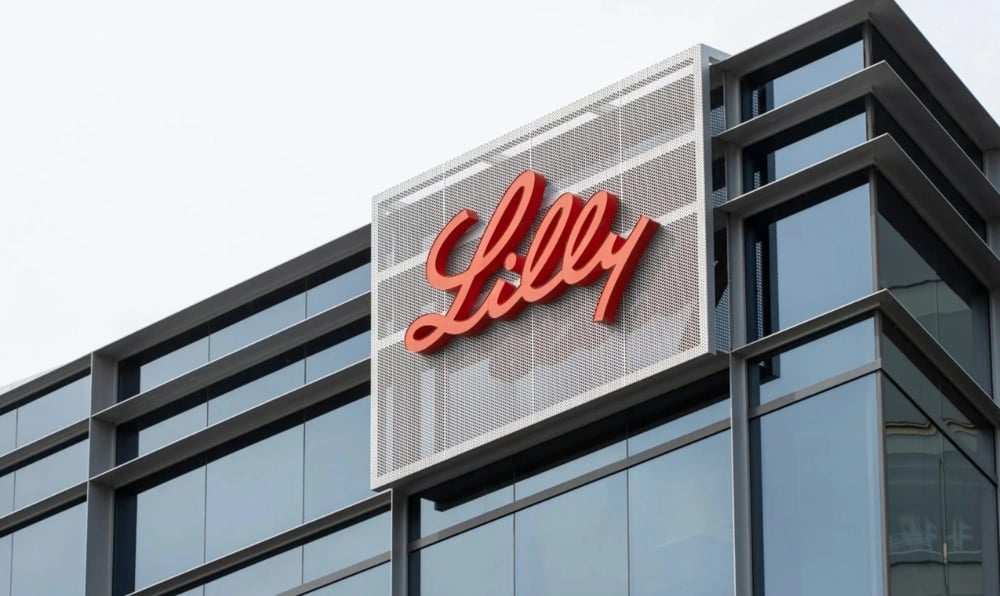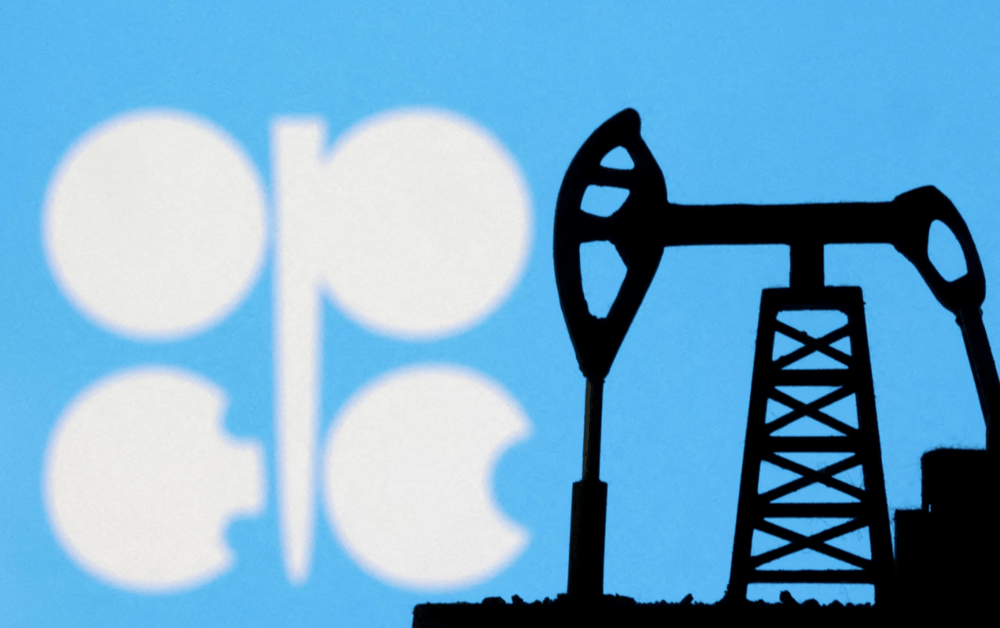Analysis of the Decline in Costco Wholesale Corp. Stocks
At the end of trading on February 16, shares of Costco Wholesale Corp. (COST) experienced a decrease in value in response to the company’s latest earnings report. Amid rising supply chain costs and uncertainties in the retail sector, analysts and investors are closely monitoring market changes.
Financial Results
According to the company's report, earnings per share (EPS) for the fiscal quarter amounted to $4.02. This figure fell short of analysts' expectations, which were set at $4.11 per share. Increased logistics and supply costs had a significant impact on the company’s overall expenses during this reporting period. As a result of these earnings, Costco’s stock fell by 1.4% as of 6:30 PM in New York after regular trading on Thursday.

Current Market Situation
Recent earnings reports from various retailers indicate a shift in sentiments within the retail market. For example, Target Corporation (TGT) expressed concerns about potential price increases on certain goods, including fresh produce, due to imposed tariffs. Such changes are raising caution among analysts, as uncertainty regarding tariffs and prices may affect consumer demand and the overall state of the retail sector.
Market in Anticipation
While Costco's stock saw a notable decline, other major retailers are also exercising caution in their forecasts:
Target warns of possible price increases on fresh produce.
Home Depot Inc. and Lowe’s Companies Inc. do not anticipate significant changes in the housing market or interest rates.
Retailers are adapting to evolving economic conditions.
These warnings highlight the growing concerns regarding market conditions and consumer trends.

Factors Influencing the Market
Costco's stock decline is a significant signal not only for the company itself but for the entire retail sector. Currently, several key factors influence the market:
Rising supply chain costs. This directly affects retailers' profitability.
Changes in consumer demand. Consumers are becoming more selective in their purchasing decisions, which may impact sales figures.
Economic uncertainty. The market is on the lookout for potential changes in economic policy.
Future Prospects
Considering these factors, retailers, including Costco, must adapt to new conditions to maintain competitiveness. Possible next steps could include:
Optimizing logistics costs;
Reevaluating pricing strategies in response to demand changes;
Expanding product assortments to attract a broader audience.
In conclusion, Costco's performance results and the subsequent changes in its stock highlight the dynamics and uncertainties within the retail sector. These aspects require careful analysis from both the company and investors.


















Comments